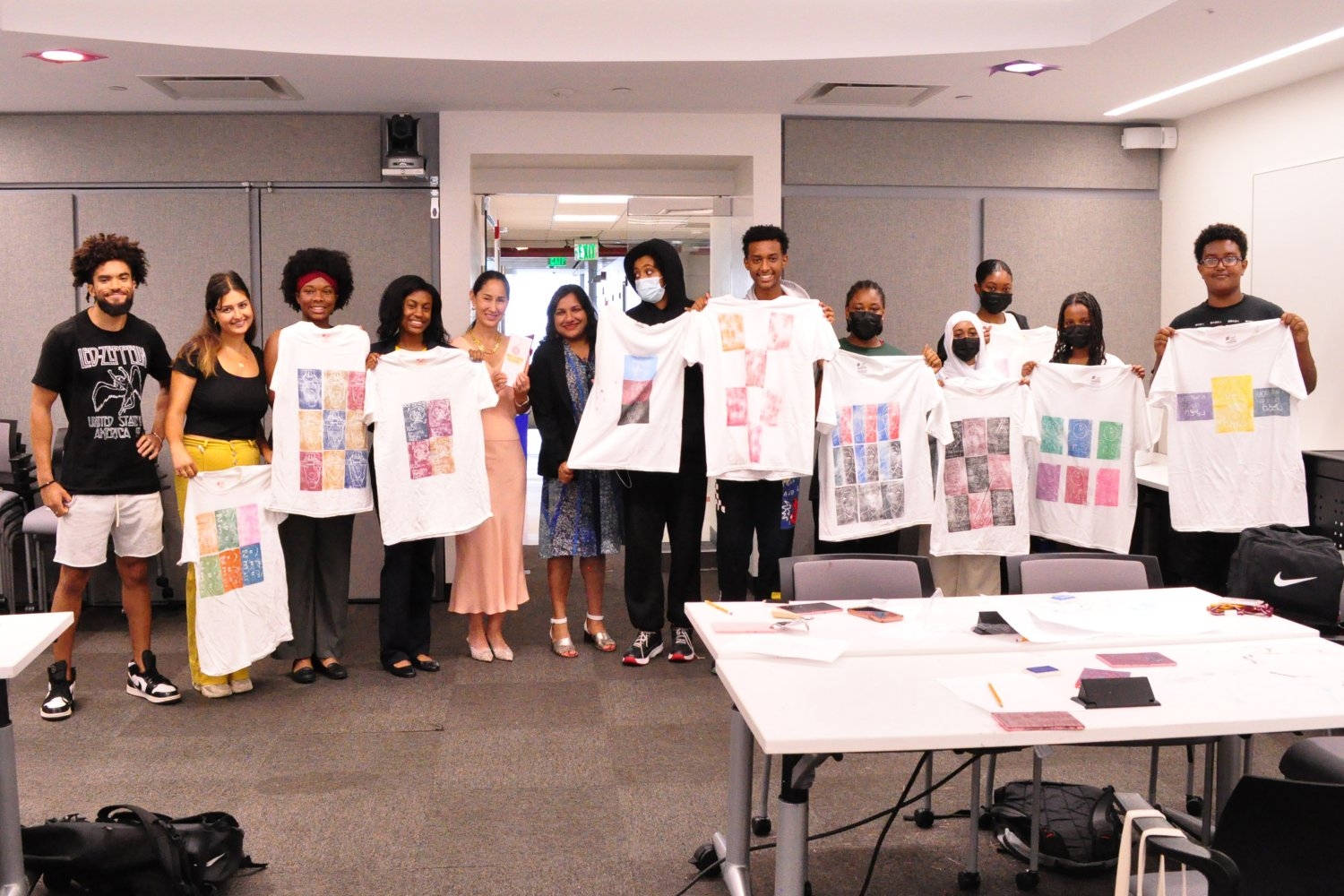Pandemic Has Spurred CIOs to Crystallize the IT Strategy
By AI Trends Staff CIOs have tested many emerging strategies during the pandemic, including the Internet of Things sensors, low-orbit satellites, and augmented reality. Now the challenge is to get the technologies to work together to reach for big business goals. This was the message from Adriana Karaboutis, group chief information and digital officer at […]


By AI Trends Staff
CIOs have tested many emerging strategies during the pandemic, including the Internet of Things sensors, low-orbit satellites, and augmented reality. Now the challenge is to get the technologies to work together to reach for big business goals.

This was the message from Adriana Karaboutis, group chief information and digital officer at National Grid, speaking at the 2021 MIT CIO Symposium in a session on Accelerated Digital Transformation, held virtually recently.
The effects of the crisis made organizations “double down on that focus and crystallization for what we need to do,” she stated in an account in CIO Dive
To pursue IoT, standardization is a must, suggested Harmeen Mehta, chief digital and innovation officer at BT, the British multinational telecommunications firm. “If the world can consolidate a bit on standardization, it will help pick up speed,” stated Mehta. “What we’ve not done well as an industry is truly come together and make some hard choices” in converging around specific types of IoT technologies.
Technologies and data streams playing off each other can lead to new outcomes, in the experience of David Neitz, CIO at engineering and construction company CDM Smith. Using NVIDIA’s Jetson Nano device, for example, CDM Smith is able to train an AI computer vision model to detect wrong-way drivers, he stated. The technology use case combines capabilities of sensors with the computing power of AI.
“You have someone sitting in a command center trying to monitor 300 screens,” stated Neitz, speaking on the panel. “Why rely on a human to be observant and alert?” Instead, the company relies on a mix of sensors and algorithms to monitor and track when drivers are using lanes in an erratic way, or how traffic is behaving around a construction zone.
Another application finds CDM Smith combining IoT soil sensors, data analytics and weather information to predict when a potential landslide could impact a railroad track.
Pandemic Has Accelerated the Move to Cloud Computing
The pandemic seems to have accelerated the move to cloud computing. A recent survey of 750 cloud decision-makers found that 92% of represented enterprises have a multi-cloud strategy, and 90% have a hybrid cloud strategy. The results are contained in the 2021 State of the Cloud Report from Flexera, an IT asset management software company.

“COVID-19 has accelerated the migration to cloud computing,” stated Jim Ryan, President and CEO of Flexera, in a press release. “Still, cloud isn’t magic or the land of milk and honey. Companies are moving fast, facing challenges, and trying to connect cloud computing to business outcomes. The appetite for digital transformation is high, but real-world challenges—such as managing security and optimizing cloud spend—still must be addressed.”
Cloud adoption among the respondents was as follows: AWS adoption grew to 77% (from 76% last year); Azure grew to 73% (from 63% last year); Google Cloud grew to 47% (from 35% last year); VMware Cloud on AWS grew to 24% (from 17% last year); Oracle Infrastructure Cloud grew to 29% (from 17% last year); IBM Public Cloud grew to 24% (from 13% last year); and Alibaba Cloud grew to 12% (from 7% last year).
The key considerations CIOs are advised to take into account as they gravitate more of their IT operations to the cloud touch on infrastructure, processes and culture, advised a recent account in Forbes. They include:
- Putting Customers and Employees First. In the past year, organizations have transformed and served customers in new ways. Restaurants, for example, had to enable better ordering of food online to be picked up or delivered and paid for electronically. CIOs have transitioned from being “enablers” of digital transformation to being “drivers” of business change. The trend is seen as so produced that Gartner predicts that 25% of large-enterprise CIOs could become “COO by proxy” by 2024.
- Developing ‘Enterprise Agility.’ Each company needs to determine its own path to competitive advantage, as in which approach to take for the digital and data journey, whether to emulate the infrastructure choices of digital native competitors or invent a new way as the company looks for a unique enterprise identity.
IT Shifts Within Scaled, Agile Organizations
Research from McKinsey & Co. on enterprise agility identifies five core IT shifts within scaled agile organizations. These include:
- Speed. Information needs to be relevant, actionable & timely, whether for real-time scenarios such as fraud detection that triggers machine intervention, or monitoring that requires human judgment, “The notion of speed and pace is key,” stated the author of the Forbes account, Bruno Aziza, a technology entrepreneur who is the current Head of Data & Analytics for Google Cloud.
- Scale. The world is predicted to store 200 zettabytes [a zettabyte is 10 to the power of 21] of data by 2025, and 50% of all data will be in the cloud. “The question is: are your teams building for a world where capacity could be limitless? Or are they living in a world where only some data deserves to be stored?” Aziza queried. He suggests that team members look at more data; they don’t know which data will become more valuable over time.
- Security. The number one concern of companies of all sizes in the 2021 State of the Cloud Report, is security. The higher the company’s cloud maturity, the higher the concern. In a world where more data comes from a range of sources and is used by more people across more use cases, security and data governance needs to be taken into account on day one, the author suggested.
- Human Intelligence. AI is important to digital transformation efforts; the AI Specialist is now one of the fastest growing jobs on LinkedIn’s 2020 Emerging Jobs Report. Many organizations are looking to infuse AI to optimize their technical infrastructure and focus on the adoption of machine learning as part of intelligent application initiatives. “But many struggle to marry human intelligence with machine intelligence,” the author states. The best guidance he has found so far on when humans are better equipped than machines, is from the book Only Humans Need Apply by Tom Davenport, released in 2016.
Aziza recommends working to identify the use cases where machine intelligence is most appropriate and the ones where humans do a better job “augmenting” the machine’s capabilities.
Read the source articles and information from sessions of the 2021 MIT CIO Symposium, in CIO Dive, in a press release from Flexera, in Forbes and from the book Only Humans Need Apply by Tom Davenport.





































